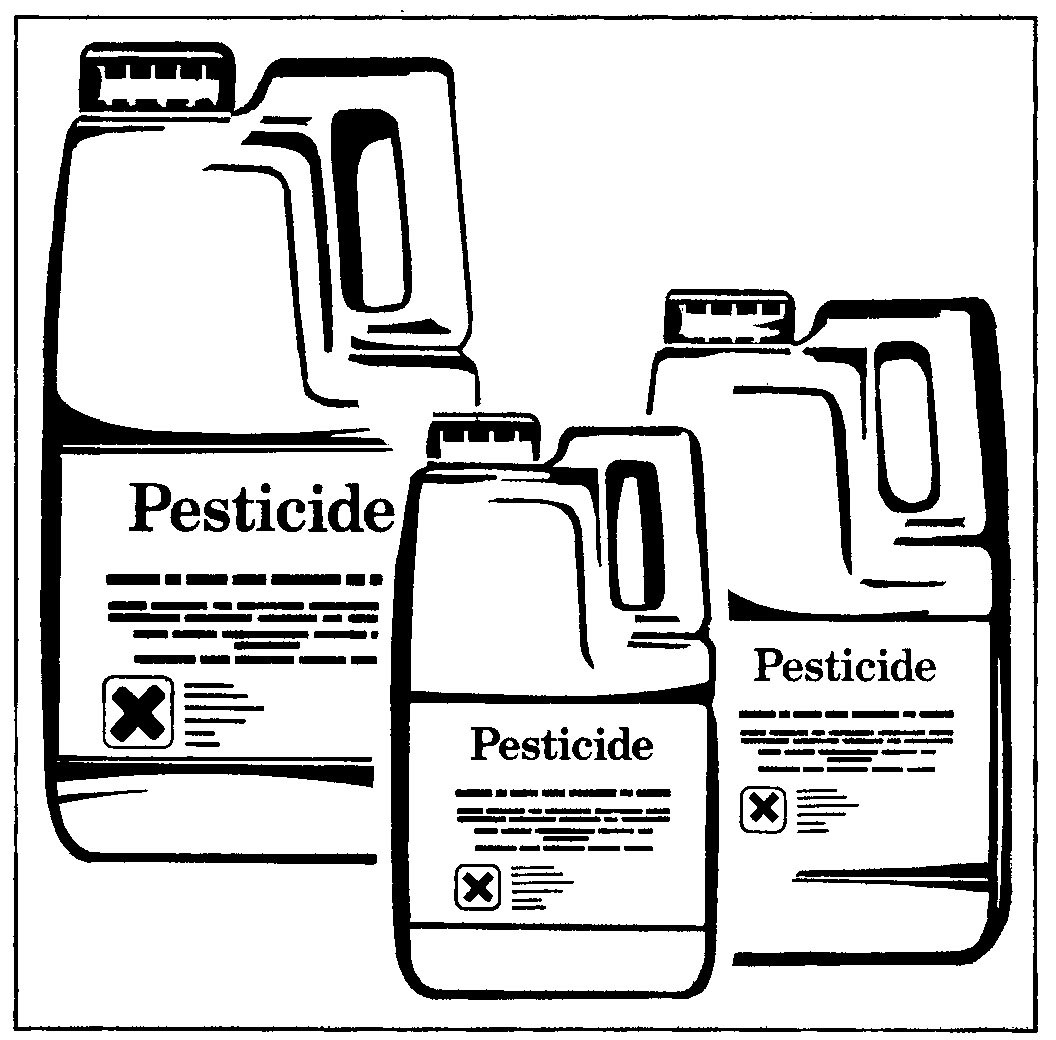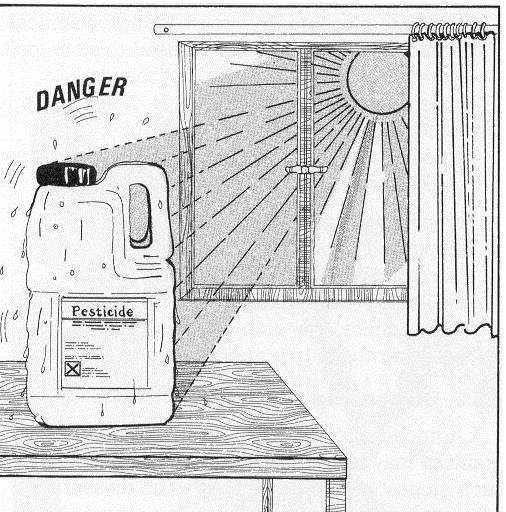Classification and Related Measures

It has already been said that agricultural workers may be exposed to a variety of agrochemicals at work. Most of these are toxic. Therefore, all agrochemical users must know how to use the products safely by increasing their knowledge of the hazards involved, both to themselves and others. Knowledge is a powerful weapon and can be obtained by reading and understanding the label on the container. By strictly following the instructions on the label, agrochemical users will learn to protect themselves, other people, livestock, wildlife and the environment.
Classification
The hazards of the many thousands of agrochemicals on the market are described as toxic, harmful, corrosive, irritant, flammable, explosive or oxidising. This is called the classification of toxic chemicals. Some agrochemicals may possess more than one of these hazards.
The word “toxic” means that a substance would cause ill effects if taken in. It should be noted that words such as “toxic” or “harmful " have specific significance when they appear on a label. These words usually are accompanied by a specific symbol (pictogram).
Chemical Safety Data Sheets
A material Safety Data Sheet (MSDS) is available for every legally registered pesticide sold in RSA. These should be supplied to employers, agricultural officers and extension workers, community leaders and everybody else that would like to see one. Such data sheets contain essential detailed information regarding the identity and classification of the product, the hazards it represents and the appropriate safety precautions and emergency procedures.
Click here to view a video that explains material safety data.
In addition to the essential information on the label, less hazardous agrochemicals might be accompanied by product information documents. Such documents would be indispensable in instances where chemical safety data sheets are not provided. This information is given to the user, at no extra cost, because it is important. Every user should read, understand and follow the instructions to ensure safety and health when using these chemicals.
This information should include:
- Instructions on how, when and where to use the product safely and effectively.
- Explanatory notes on specific matters such as dosage/application rates, timing and method of treatment or application.
- Warning to prevent incorrect or inappropriate use.
- Notes for observing any safety intervals between the application of a chemical and harvesting; or between the treatment of an animal and the consumption thereof or its product, such as milk.
- The expiry date of any product or its container if it is likely to deteriorate under normal storage conditions.
- General instructions essential to proper use such as mixing, application, compatibility with other products, preferred storage conditions and disposal of surplus and empty containers.
- Description of necessary safety precautions such as the wearing of protective clothing and what to do in the event of contamination or emergency.
- Warning about avoiding harmful effects on livestock, wildlife and the environment.
- Instructions concerning first aid and advice to doctors indicating what to do in the event of poisoning and special antidotes that may be available or other emergency measures.
- Prohibition on the reuse of empty containers except those specifically designed and intended for such reuse.
Agrochemicals without a label indicating the above mentioned should not be used. It is illegal in RSA to sell or keep in stock a pesticide that does not contain a complete label. Employers should ensure this practice on a farm.
Agrochemical users should not attempt to use the product until they have read and understood the label or the markings. They should seek the advice of the employer, agricultural extension worker or community leader in case of doubt.
When an agrochemical product is unknown and lacks the information it should not be used. If inquiries fail to reveal its identity, it should be disposed of safely.
Safety Regulations

Why should I be careful when using and storing agrochemicals?
Agro-chemicals can be toxic, oxidising and/or corrosive agents.
Oxidising materials have the ability to convert into chemically flammable materials. To be an "oxidiser", the material provides its own oxygen which combines chemically with another material in such a way that it increases the chance of a fire or explosion. This reaction may be spontaneous at either room temperature or with minor heating. Thus, oxidizing liquids and solids can be severe fire and explosion hazards. Bromine and fluorine are also oxidisers.
Agrochemicals can also be corrosive. Corrosives are materials that can harm and chemically destroy body tissues on contact. Corrosives can also damage or destroy metal. The effect on tissue and metal depends on the corrosive agent and its concentration. Corrosives can begin to cause damage the moment it touches the skin, eyes, respiratory region, digestive area or metal. MSDSs or product labels should be consulted for the specific effect it has on tissue or metals and also for procedures to follow in case of contact.